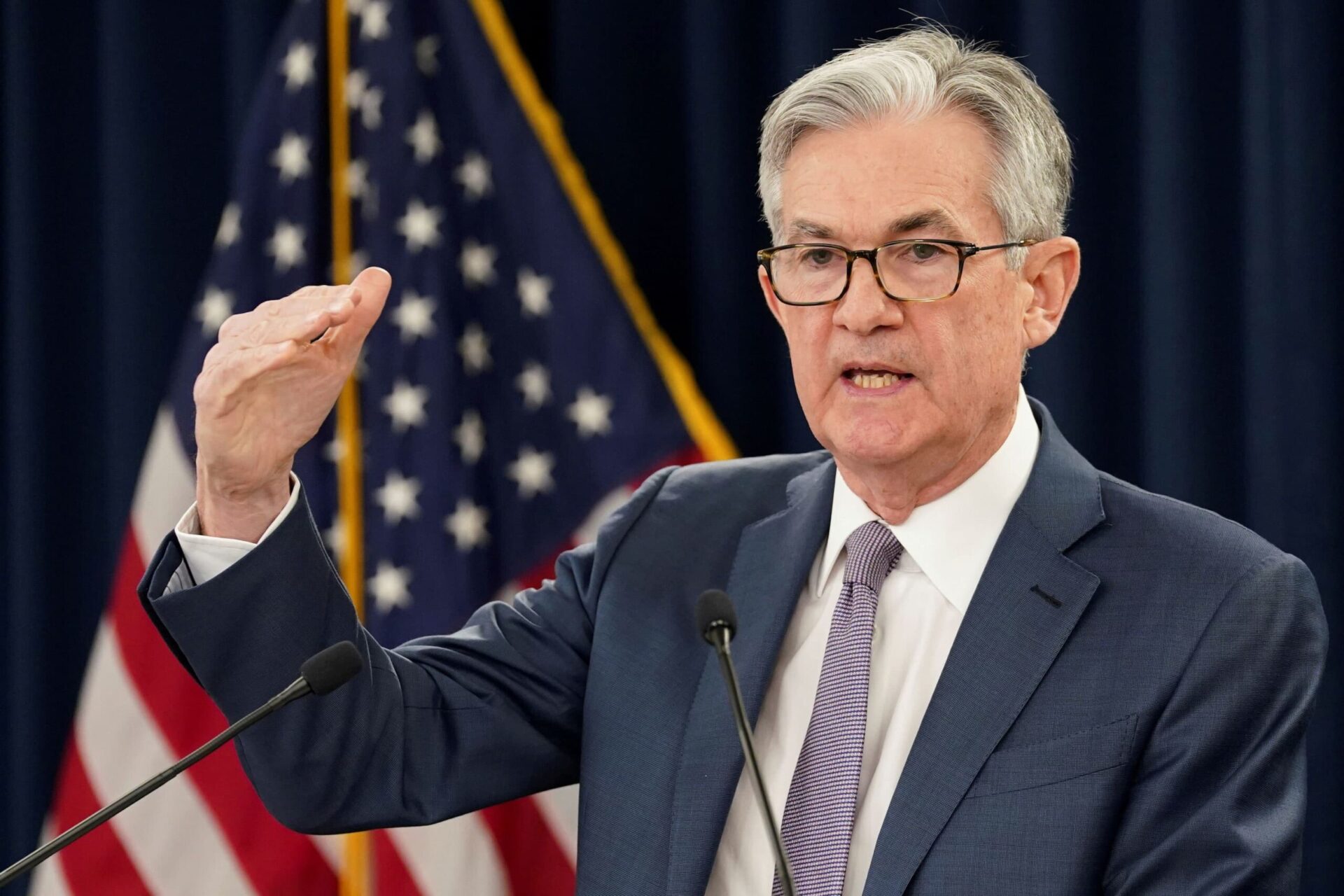The Federal Open Market Committee (FOMC) is meeting September 21 and 22 to discuss the next steps on broad issues related to monetary policy. But in the mortgage industry, there’s only one question on brokers’ minds:
What’s going to happen to interest rates?
As of today, the best guess is: Not much.
Fed-watching is an industry unto itself, and the phrase that’s caught their attention is “substantial further progress.” That’s how Fed Chairman Jerome Powell described the conditions under which the institution would begin reducing its monthly bond purchases — currently $120 billion — as part of his regime of “qualitative easing.” Shrinking the money supply, or even talk of shrinking the supply, is expected to lead to higher interest rates and, as a result, more expensive mortgages.
So has the U.S. economy made “substantial further progress?” Specifically in the two areas the Fed is focused on, jobs and inflation?
In his speech at the Fed’s annual Jackson Hole symposium, Powell said that while inflation is near their 2% target rate, “we have much ground to cover to reach maximum employment.” Fed watchers took it as a sign that the Fed’s getting close to tapering off its bond buying, but it’s not quite there yet.
Still, some economists warn, we may have reached the moment when the overall trend of mortgage interest rates is higher, not lower.
“Rate changes aren’t on the table, but we’ll see updated economic projections and likely hear more about the asset purchase program,” Danielle Hale, Chief Economist for Realtor.com® said Friday in her Fed analysis. “News from this meeting could snap the recent steady streak in mortgage rates. While a move in either direction is possible, higher rates seem more likely.”
Gus Faucher, chief economist at The PNC Financial Services Group, has a similar view. “I expect that the FOMC will announce at its early November meeting that it will start to gradually reduce its purchases of long-term Treasuries and mortgage-backed securities starting in December. This will put modest upward pressure on long-term interest rates, including mortgage rates, but monetary policy will still be highly expansionary, especially given the current near-zero fed funds rates.”
Even if that’s true and there’s upward pressure on rates, the good news for the mortgage industry is that rates remain near historic lows. Mortgage rates have stayed near record lows since the spring of 2020. They dipped below the 3% mark last July for the first time ever
At the same time, Hale sees another potential problem: inflation.
“For the 4th month in a row, consumer prices rose by 5% or more from last year,” Hale noted. “That includes most energy prices and rents. In fact, our report shows that the median asking rent in the 50 largest markets was up by double-digit pace!
“Notably, consumers expect higher price growth to continue, and already price inflation has eaten into the real income of the median household which declined in 2020,” Hale said.
And rising inflation impacts investors who make capital for mortgages available, too. And that could add to the upward pressure on rates.
“Investors are repaid in future dollars, and if inflation continued at a high rate, those future dollars are worth less, meaning that investors are likely to demand what an economist might call an inflation premium—a higher rate to compensate for the possibility of inflation undermining the value of the future dollars,” Hale added.
